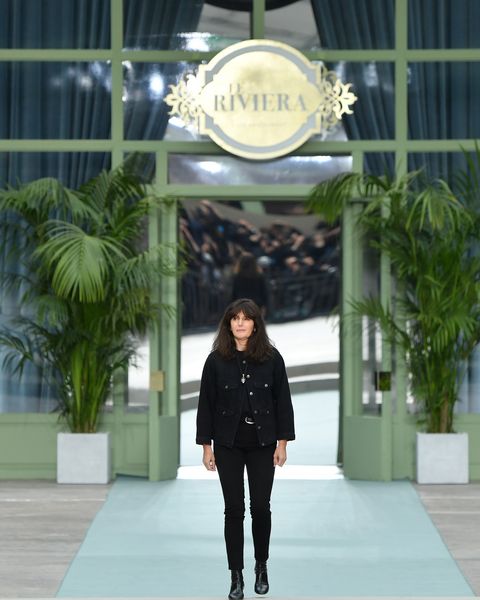
The case in point was when a photographer found out one of his photographs being used, illegally on a commercial website. The photographer is Russell Brammer who created the time-lapse
photograph in question. That photograph was then used by film festival organizer
called Violent Hues, on Violent Hues’ website without attribution
or licensing. I join countless others thinking this was a willful infringement, with weak factors like Violent Hues did not know the image was “copyrighted,” and "fair Use"
But to the amazement of many, fourth circuit
court ruled in favor of Violent Hues (
Russell Brammer v. Violent Hues Productions, LLC No. 1-17-cv-01009(E.D. Va.June11, 2018))
The judge agreed
that Violent Hues’ owner Fernando Mico used the photograph “in good
faith,” Mico, who claimed that he saw “no
indication” the image was copyrighted, (In the Flickr screenshot above, one could clearly see the copy right clause.) and did not impact Brammer’s
financial income by using the photo (?), the court added. The
judge concluded that taking it was “fair use.”
Rebuttals came from all over,
the Copyright Officer of Nova Southeastern University, Attorney David Kluft of the
law firm Foley Hoag, to name a few.
Of course Mr. Brammer took the case to the appeals court.
The court had more knowledge and understanding on the matter;
Starting with “fair us is not designed to protect lazy appropriators,” the court applied fair use provisions, all four (Scroll down to check out the fair use doctrine). The court concluded that the use of the photograph by Violent Hues, failed all four tests.
The “purpose and character” of the secondary use, which is the first of the four fair use factors, the appeals court found that Violent Hues shows no apparent transformation and the cropping of the image does not alter the original with ‘new expression, meaning or message' to the photo.
The "nature of the copyrighted work,” the second fair use factor, the appeals court found that the artistic creativity of Brammer went in to making the photograph entitled it “to thick copyright protection.” and concluded that “the second factor also weighs against fair use.”
The “amount and substantiality of the portion used,” the third factor, also weighed against fair use, Violent Hues used roughly half the photo—the half that was “the heart of the work,” the court said.
The fourth factor, “the effect of the use upon the potential market for or value of the copyrighted work,” also weighted against fair use. “Violent Hues made commercial use of the Photo and duplicated the heart of the work by copying the Photo’s most expressive features. Brammer thus need not demonstrate that the licensing market for his Photo would be depressed should Violent Hues’ behavior become widespread,” the appeals court said.
“Considering these factors together, it is clear that the copying here fails the ‘ultimate test’ of fair use: Violent Hues’ online display of Brammer’s Photo does not serve the interest of copyright law,” the court concluded.
The appeals court sent the case back to the lower court for further proceedings.
The fair use in the USA;
Notwithstanding the
provisions of sections 106 and 106A, the fair use of a copyrighted work,
including such use by reproduction in copies or phonorecords
or by any other means specified by that section, for purposes such as
criticism, comment, news reporting, teaching (including multiple copies for
classroom use), scholarship, or research, is not an infringement of
copyright. In determining whether the use made of a work in any
particular case is a fair use the factors to be considered shall
include—
(1)
the purpose and character of the use, including
whether such use is of a commercial nature or is for nonprofit
educational purposes;
(2)
the nature of the copyrighted work;
(3)
the amount and substantiality of the portion used in relation to the copyrighted work as a whole; and
(4)
the effect of the use upon the potential market for or value of the copyrighted work.
The fact that a work is
unpublished shall not itself bar a finding of fair use if such finding
is made upon consideration of all the above factors.
(
Pub. L. 94–553, title I, § 101,
Oct. 19, 1976,
90 Stat. 2546;
Pub. L. 101–650, title VI, § 607,
Dec. 1, 1990,
104 Stat. 5132;
Pub. L. 102–492,
Oct. 24, 1992,
106 Stat. 3145.)

